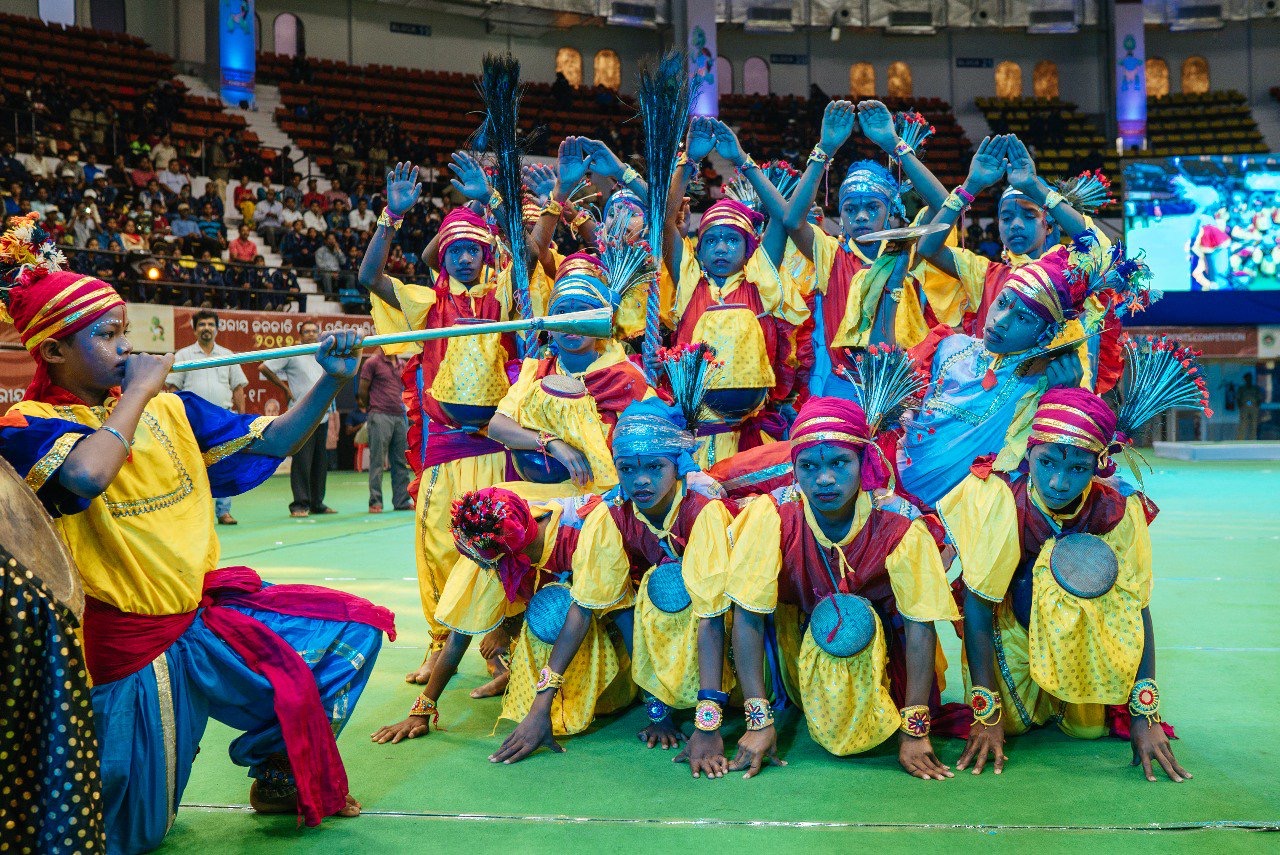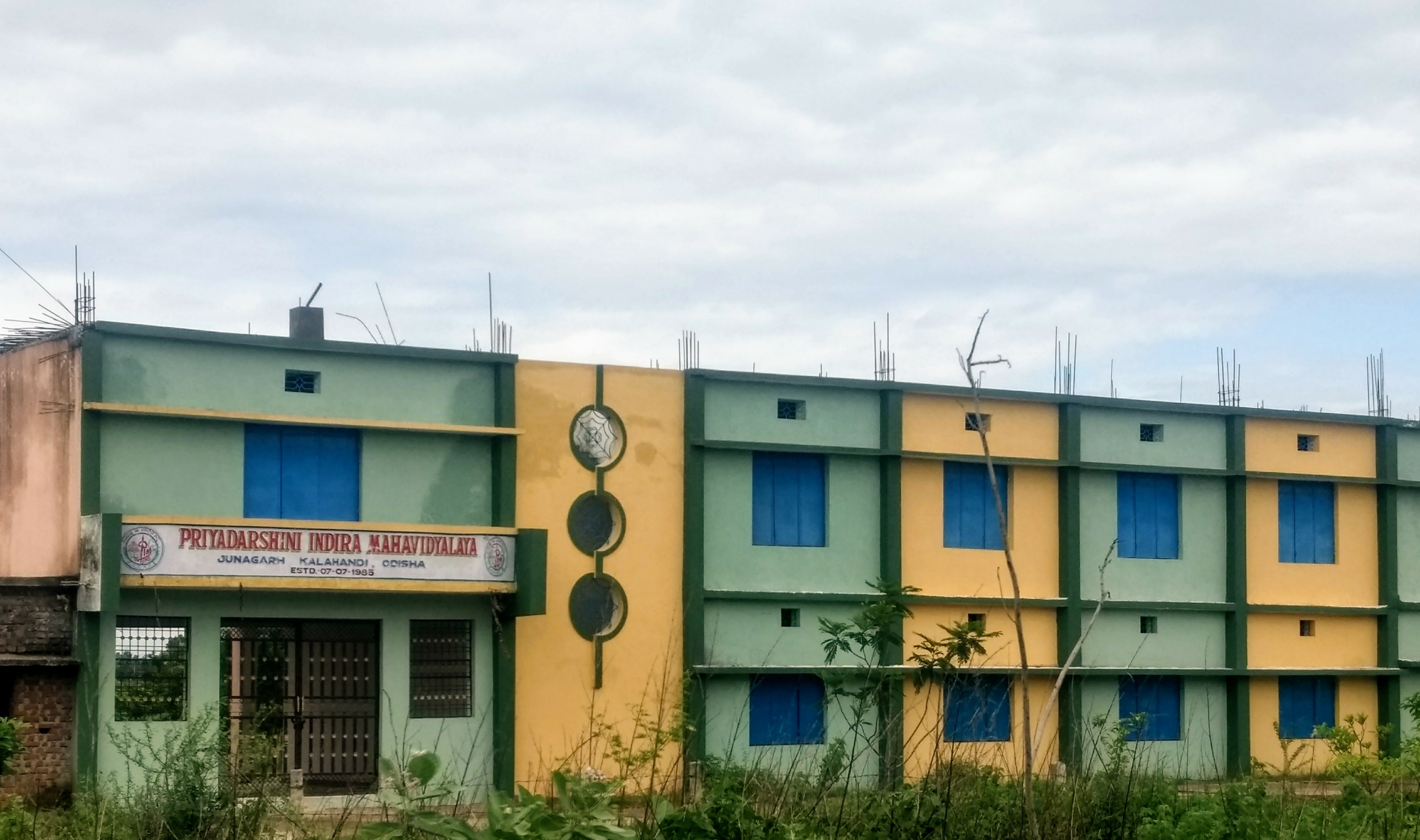|
Ghumura Dance
Ghumura dance is a folk dance of Kalahandi district of the Indian state Odisha. It is classified as folk dance as the dress code of Ghumura resembles more like a tribal dance, but there are arguments about mudra and dance forms of Ghumura bearing more resemblance with other classical dance forms of India. Origin and history Mythology Beside historical evidence, the origin of Ghumura dance has taken into consideration of public views and myths. Based on myth, poet Shivam Bhasin Panda wrote ''Ghumura Janma Bidhan'' in 1954. Nandini Bhasin and Gaganeswar have also described a myth regarding origin of Ghumura, in which they described that Chandra Dhwaja has originally established the dance and later it was taken over a demon — Karttabirya Asura. As per ''Chandi Purana'' Durga, the eternal deity of Shakti, asked all the Gods and Goddesses of heaven to lend their weapons, as instruments and conveyances to kill a demon king Mahisasur. One of the war-musical instruments collected was ... [...More Info...] [...Related Items...] OR: [Wikipedia] [Google] [Baidu] |
Odisha
Odisha (English: , ), formerly Orissa ( the official name until 2011), is an Indian state located in Eastern India. It is the 8th largest state by area, and the 11th largest by population. The state has the third largest population of Scheduled Tribes in India. It neighbours the states of Jharkhand and West Bengal to the north, Chhattisgarh to the west, and Andhra Pradesh to the south. Odisha has a coastline of along the Bay of Bengal in Indian Ocean. The region is also known as Utkala and is also mentioned in India's national anthem, " Jana Gana Mana". The language of Odisha is Odia, which is one of the Classical Languages of India. The ancient kingdom of Kalinga, which was invaded by the Mauryan Emperor Ashoka (which was again won back from them by King Kharavela) in 261 BCE resulting in the Kalinga War, coincides with the borders of modern-day Odisha. The modern boundaries of Odisha were demarcated by the British Indian government when Orissa Province wa ... [...More Info...] [...Related Items...] OR: [Wikipedia] [Google] [Baidu] |
Kalahandi District
Kalahandi (locally pronounced ''Kalahani'') is a district of Odisha in India. Archaeological evidence of Stone Age and Iron Age human settlement has been recovered from the region. Asurgarh offered an advanced, well civilised, cultured and urban human settlement about 2000 years ago in the region.P.Mohanty, B. Mishra, Op. Cit,2000; C.R. Mishra, S. Pradhan, op. cit. 1989–1990, Infra, F.N.79 In South Asia it is believed that the lands of Kalahandi district and Koraput district were the ancient places where people started cultivation of paddy. In ancient time it was known as Mahakantara (meaning great forest) and Karunda Mandal, which means treasure of precious stones like karandam (corundum/manik), garnet (red stone), beruz, neelam (sapphire/blue stone), and alexandrite, etc. Manikeswari (the goddess of Manikya or Karandam) is the clan deity of Kalahandi may also signify its historical name. It was a princely state in British India and in post independence period it merged wi ... [...More Info...] [...Related Items...] OR: [Wikipedia] [Google] [Baidu] |
India
India, officially the Republic of India (Hindi: ), is a country in South Asia. It is the seventh-largest country by area, the second-most populous country, and the most populous democracy in the world. Bounded by the Indian Ocean on the south, the Arabian Sea on the southwest, and the Bay of Bengal on the southeast, it shares land borders with Pakistan to the west; China, Nepal, and Bhutan to the north; and Bangladesh and Myanmar to the east. In the Indian Ocean, India is in the vicinity of Sri Lanka and the Maldives; its Andaman and Nicobar Islands share a maritime border with Thailand, Myanmar, and Indonesia. Modern humans arrived on the Indian subcontinent from Africa no later than 55,000 years ago., "Y-Chromosome and Mt-DNA data support the colonization of South Asia by modern humans originating in Africa. ... Coalescence dates for most non-European populations average to between 73–55 ka.", "Modern human beings—''Homo sapiens''—originated in Africa. Then, int ... [...More Info...] [...Related Items...] OR: [Wikipedia] [Google] [Baidu] |
Ghumura Dance
Ghumura dance is a folk dance of Kalahandi district of the Indian state Odisha. It is classified as folk dance as the dress code of Ghumura resembles more like a tribal dance, but there are arguments about mudra and dance forms of Ghumura bearing more resemblance with other classical dance forms of India. Origin and history Mythology Beside historical evidence, the origin of Ghumura dance has taken into consideration of public views and myths. Based on myth, poet Shivam Bhasin Panda wrote ''Ghumura Janma Bidhan'' in 1954. Nandini Bhasin and Gaganeswar have also described a myth regarding origin of Ghumura, in which they described that Chandra Dhwaja has originally established the dance and later it was taken over a demon — Karttabirya Asura. As per ''Chandi Purana'' Durga, the eternal deity of Shakti, asked all the Gods and Goddesses of heaven to lend their weapons, as instruments and conveyances to kill a demon king Mahisasur. One of the war-musical instruments collected was ... [...More Info...] [...Related Items...] OR: [Wikipedia] [Google] [Baidu] |
Junagarh, Kalahandi
Junagarh is a town and a notified area council in Kalahandi district in the Indian state of Odisha. MLA of Junagarh iCaptain Divya Shankar Mishra It was the capital of the former state of Kalahandi. Junagarh is 26 km from Bhawanipatna, connecting National Highway 201.This highway recently has been termed as National Highway 26. Junagarh was a well-built fort and capital of Kalahandi during king rule. The fortified area has a number of temples with Odia inscriptions. This is a place which has sculptural evidence of the ''sati'' rite, which was prevalent in medieval India, and was stopped during the British Raj by Lord William Bentinck. The sculptures are identified as ''sati'' pillars Junagarh was famous for its ponds and fruit garden"chha kodi bandha naa kodi tota", means 120 ponds and 180 orchard. Junagarh is also famous for its temples. It is also known as temple city of Kalahandi. Demographics Junagarh city is divided into 12 wards. India census, Junagarh had a popula ... [...More Info...] [...Related Items...] OR: [Wikipedia] [Google] [Baidu] |
Sarala Dasa
Sarala Dasa (born as Siddheswara Parida) was a 15th-century poet and scholar of Odia literature. Best known for three Odia books — ''Mahabharata'', ''Vilanka Ramayana'' and ''Chandi Purana'' — he was the first scholar to write in Odia and his revered as the ''Adi Kabi'' (First Poet) of Odia literature. As an originator of Odia literature, his work has formed an enduring source of information for succeeding generations. Life The early life of Sarala Dasa is not accurately known. He was a contemporary of the Gajapati King Kapilendra Dev. Though the date of his birth cannot be accurately determined, he can safely be placed to the 15th century AD. He was born at a village called ''kanakavati patana'' known as Kanakapura at the Tentuliapada, Jagatsinghpur district. Sarala Dasa had no organized early education, and what he achieved through self-education was attributed to the grace of Sarala, goddess of devotion and inspiration. Though his early name was Siddheswara Parida, he wa ... [...More Info...] [...Related Items...] OR: [Wikipedia] [Google] [Baidu] |
Ravana
Ravana (; , , ) is a rakshasa king of the island of Lanka, and the chief antagonist of the Hindu epic ''Ramayana'' and its adaptations. In the ''Ramayana'', Ravana is described to be the eldest son of sage Vishrava and rakshasi Kaikesi. He abducted Prince Rama's wife Sita and took her to his kingdom of Lanka, where he held her in the Ashoka Vatika. Later, Rama, with the support of vanara King Sugriva and his army of vanaras, launched an invasion against Ravana in Lanka. Ravana was subsequently slain and Rama rescued his beloved wife Sita. Ravana is widely portrayed to be an evil character, though he also has many qualities that make him a learned scholar. He was well-versed in the six shastras and the four Vedas. Ravana is also considered to be the most revered devotee of Shiva. Images of Ravana are seen associated with Shiva at some temples. He also appears in the Buddhist Mahayana text ''Laṅkāvatāra Sūtra'', in Buddhist Ramayanas and Jatakas, as well as in Jain Ra ... [...More Info...] [...Related Items...] OR: [Wikipedia] [Google] [Baidu] |
Kalahandi
Kalahandi (locally pronounced ''Kalahani'') is a district of Odisha in India. Archaeological evidence of Stone Age and Iron Age human settlement has been recovered from the region. Asurgarh offered an advanced, well civilised, cultured and urban human settlement about 2000 years ago in the region.P.Mohanty, B. Mishra, Op. Cit,2000; C.R. Mishra, S. Pradhan, op. cit. 1989–1990, Infra, F.N.79 In South Asia it is believed that the lands of Kalahandi district and Koraput district were the ancient places where people started cultivation of paddy. In ancient time it was known as Mahakantara (meaning great forest) and Karunda Mandal, which means treasure of precious stones like karandam (corundum/manik), garnet (red stone), beruz, neelam (sapphire/blue stone), and Chrysoberyl, alexandrite, etc. Manikeswari (the goddess of Manikya or Karandam) is the clan deity of Kalahandi may also signify its historical name. It was a princely state in British India and in post independence period ... [...More Info...] [...Related Items...] OR: [Wikipedia] [Google] [Baidu] |
Nuapada District
Nuapada district is located in Odisha state in India. Nuapada town is the headquarters of the district. It has 1 Subdivision: Nuapada; five blocks: Khariar, Sinapali, Boden Block, Boden, Komna, Nuapada, Komna, and Nuapada. Nuapada District has 3 Notified Area Councils: Khariar, Khariar Road, and Nuapada; and 6 tehsils and more village like Gandabahali, Tukla, Hatibandha, Duajher, Bargaon, Odisha, Bargaon, Tarbod, Udyanbandh, Larka etc. Major cities, towns, and villages * Nuapada * Khariar * Khariar Road * Sinapali * Komna * Boden * Hatibandha * Tukula * Udyanbandha History The district of Nuapada was a part of Kalahandi district until early March 1993, but for administrative convenience, Kalahandi District was divided into two parts — Kalahandi and Nuapada vide State Government Notification No. DRC-44/93/14218/R dated 27 March 1993. Nuapada District now comprises one sub-division Nuapada, six tehsils (Nuapada, Komana, Khariar, Sinapalli, Boden and jonk) and five community ... [...More Info...] [...Related Items...] OR: [Wikipedia] [Google] [Baidu] |
Konark Sun Temple
Konark Sun Temple is a (year 1250) Sun temple at Konark about northeast from Puri city on the coastline in Puri district, Odisha, India.Konark: India , Encyclopædia Britannica The temple is attributed to king of the about . Dedicated to the Hindu Sun God , what remains of the temple complex has the appearance of a high chariot with immense wheels and ... [...More Info...] [...Related Items...] OR: [Wikipedia] [Google] [Baidu] |
Ghumra
Ghumura dance is a folk dance of Kalahandi district of the Indian state Odisha. It is classified as folk dance as the dress code of Ghumura resembles more like a tribal dance, but there are arguments about mudra and dance forms of Ghumura bearing more resemblance with other classical dance forms of India. Origin and history Mythology Beside historical evidence, the origin of Ghumura dance has taken into consideration of public views and myths. Based on myth, poet Shivam Bhasin Panda wrote ''Ghumura Janma Bidhan'' in 1954. Nandini Bhasin and Gaganeswar have also described a myth regarding origin of Ghumura, in which they described that Chandra Dhwaja has originally established the dance and later it was taken over a demon — Karttabirya Asura. As per ''Chandi Purana'' Durga, the eternal deity of Shakti, asked all the Gods and Goddesses of heaven to lend their weapons, as instruments and conveyances to kill a demon king Mahisasur. One of the war-musical instruments collected was ... [...More Info...] [...Related Items...] OR: [Wikipedia] [Google] [Baidu] |






